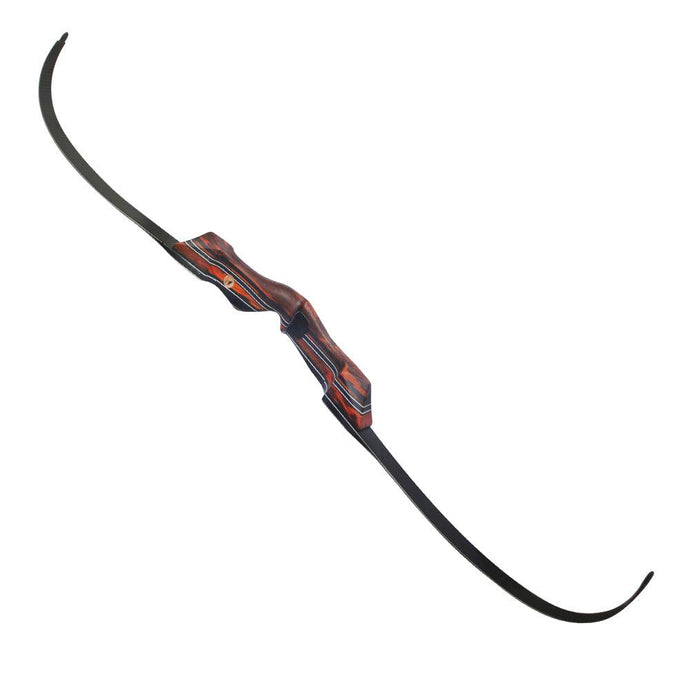When it comes to archery, the debate between wooden bows and modern materials such as fiberglass, carbon fiber, or aluminum often sparks strong opinions. While technology has significantly advanced archery equipment, there is something inherently special about the traditional wooden bow that still holds a powerful allure. The question remains: are wooden bows truly better, or are they simply romantic relics of a bygone era?
Wooden bows have been around for thousands of years, evolving from primitive tools into finely crafted weapons of precision and skill. The natural materials used in their construction, such as yew, ash, and hickory, offer a unique feel and performance that modern materials struggle to replicate. For many archers, the connection to history and the tactile experience of shooting a wooden bow cannot be matched by synthetic alternatives. The craftsmanship involved in making a wooden bow - where each curve and layer of wood is carefully selected and shaped - brings a sense of artistry and tradition to the sport. This connection to the bow itself is something many modern archers value greatly, providing a level of satisfaction beyond mere performance.
However, when it comes to raw performance, modern bows made from synthetic materials often outperform their wooden counterparts in terms of durability, strength, and consistency. Materials like carbon fiber and fiberglass are lighter, more flexible, and less affected by environmental conditions such as humidity and temperature changes. These modern bows tend to be faster, more forgiving, and generally require less maintenance, making them popular choices for competitive archers and hunters who need reliability above all else. The high-tech bows of today are designed for precision and power, often with features that allow for fine-tuning and customization to suit individual preferences.
That being said, it is important to recognize that performance in archery is not solely measured by speed or raw power. Many archers prefer the slower, more deliberate pace of a wooden bow, where the focus is on technique, form, and the connection between archer and bow. Wooden bows tend to have a more "living” feel, as the wood gradually adjusts to the forces exerted during shooting, providing a dynamic experience that is difficult to replicate with modern materials. This feel and connection with the bow can make wooden bows feel more intimate, especially for those who appreciate the art and tradition of archery.
Furthermore, the aesthetic appeal of a wooden bow cannot be overlooked. The natural beauty of the grain, the sheen of well-oiled wood, and the simplicity of its design evoke a sense of nostalgia and reverence for the craft of bow-making. For many archers, shooting a wooden bow is an experience akin to playing a vintage musical instrument or using a handmade tool - there is an inherent satisfaction in working with something that feels unique and personal. The careful attention to detail and the timeless appeal of a handcrafted wooden bow creates a bond between the archer and their equipment that modern materials often fail to achieve.
There is also an environmental argument in favor of wooden bows. As concerns about sustainability continue to grow, the use of natural materials like wood offers a more eco-friendly option compared to synthetic composites, which require significant energy and resources to produce. While the harvesting of wood does come with its own environmental impact, many bow makers are committed to sustainable practices, ensuring that the materials they use are responsibly sourced.
Ultimately, the question of whether wooden bows are better depends largely on the needs and preferences of the individual archer. For those who value tradition, craftsmanship, and a more tactile, personal experience, a wooden bow can offer unmatched satisfaction. For others who prioritize speed, durability, and consistency, modern materials may be the better choice. In the end, both types of bows have their merits, and the best choice is the one that best suits the archer's style, goals, and connection to the bow itself. Whether wooden or synthetic, the beauty of archery lies in the deep connection between the archer and their equipment - a connection that transcends the material from which the bow is made.


